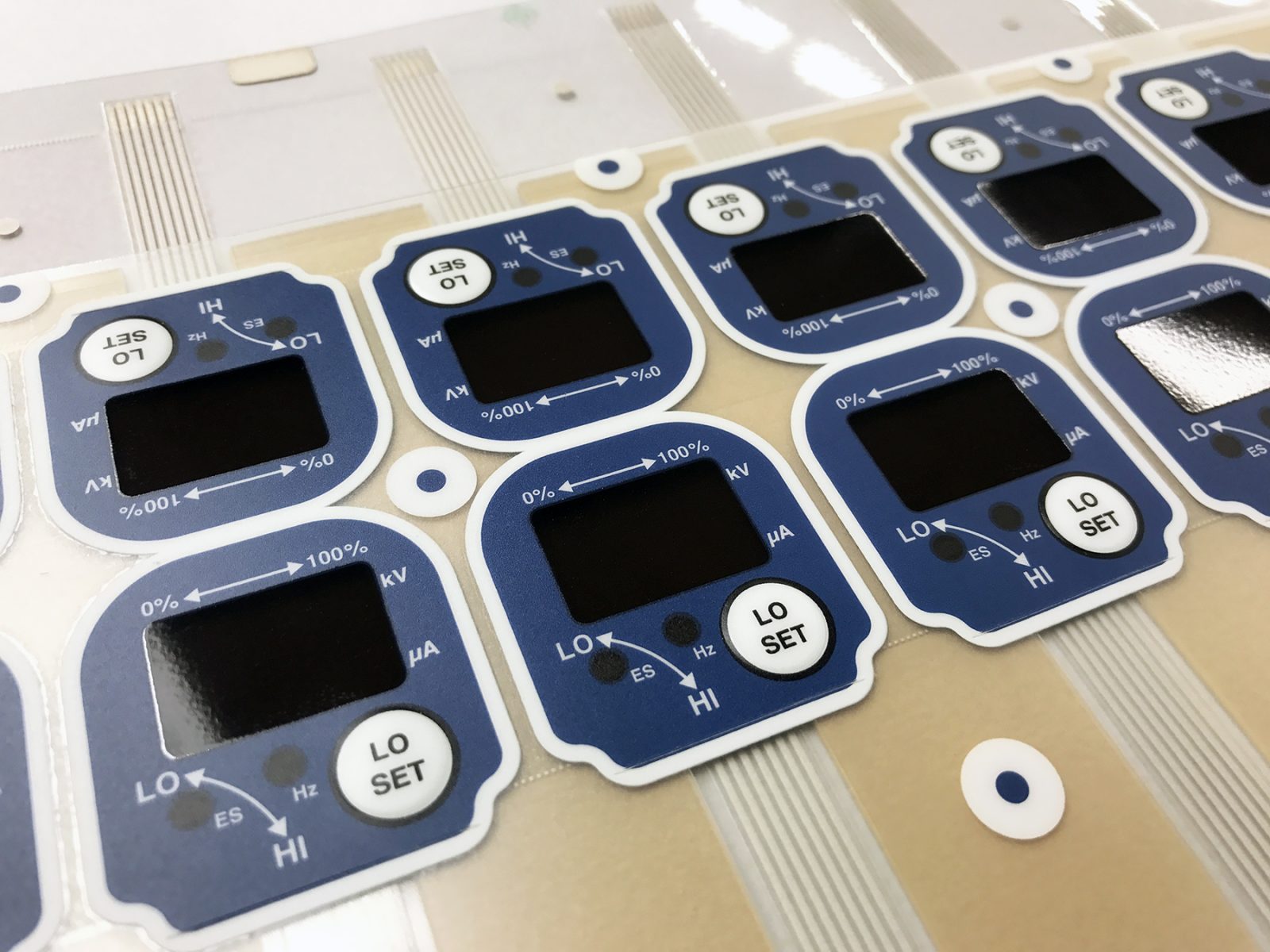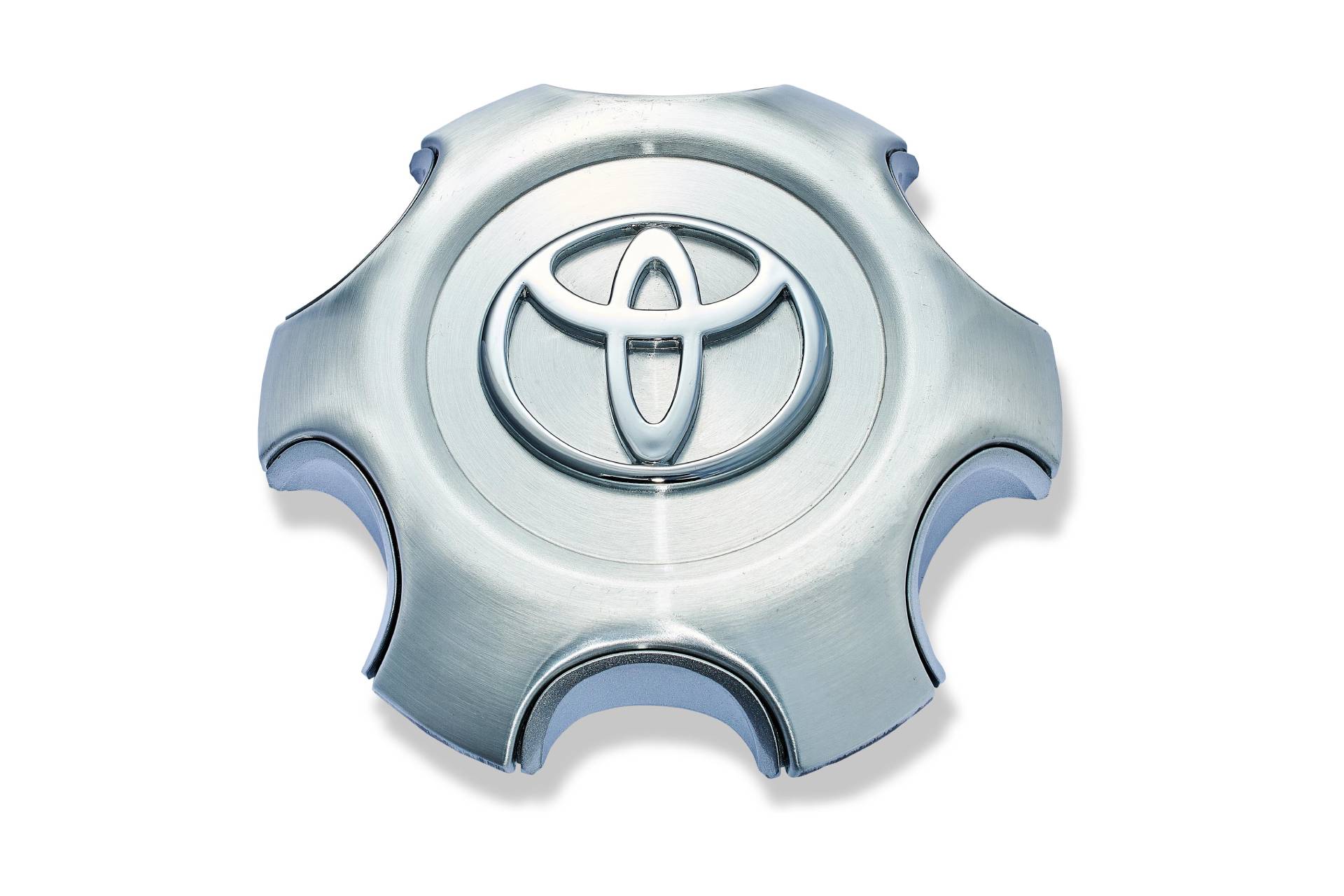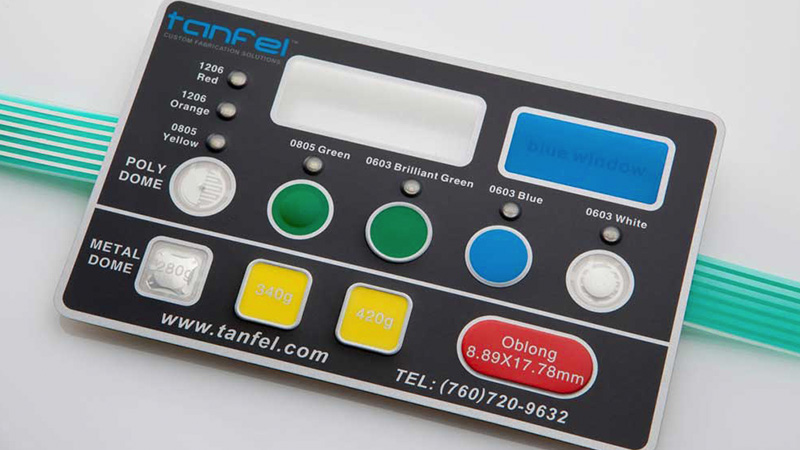The Environmental Benefits of Choosing Membrane Switches for Your Products
The Environmental Benefits of Choosing Membrane Switches for Your Products
Blog Article
Understanding the Relevance of Membrane Switches in Interface
Membrane buttons are essential parts in the style of effective customer interfaces, promoting not only capability however also boosting aesthetic allure and user communication. Their distinct features, such as resistance to customizable layouts and environmental aspects, make them suitable for a varied selection of applications throughout multiple markets. As we explore the different benefits and future trends related to Membrane technology, it ends up being clear that these buttons are greater than simply components; they stand for a convergence of development and practicality. The ramifications of this technology on individual experience deserve analyzing additionally.
What Are Membrane Buttons?

The spacer layer, which contains adhesive residential or commercial properties, permits the splitting up of the circuit layer from the overlay, guaranteeing that the button stays in a non-activated state till pushed. When pressure is related to the overlay, it compresses the spacer layer, connecting the void and completing the circuit in the underlying layer. This style not just lowers the physical space needed for standard mechanical buttons yet likewise boosts the resilience of the gadget, as Membrane buttons are generally immune to dust, moisture, and various other ecological elements.
Commonly located in applications ranging from consumer electronic devices to medical tools, Membrane switches are indispensable to contemporary technology, giving a effective and user-friendly interface that lines up with contemporary style needs.
Benefits of Membrane Buttons
While many switch innovations exist, Membrane Switches deal unique benefits that make them especially preferable in various applications. Among the primary benefits of Membrane switches is their portable design, which enables for space-saving implementations in gadgets where realty is limited. Their slim profile not only boosts aesthetic allure but additionally promotes lightweight building.
One more significant advantage is their resistance to environmental elements. Membrane buttons are usually sealed against dampness, dirt, and pollutants, making them suitable for use in demanding environments, such as medical tools and industrial tools. This durability prolongs the life-span of the button, reducing maintenance expenses and boosting integrity.
Moreover, Membrane switches can be personalized to fulfill specific design demands, including one-of-a-kind graphics and shades that enhance user interaction. Their tactile comments choices can additionally be customized to give a rewarding individual experience. In addition, Membrane switches are affordable, especially in high-volume applications, as they can be created effectively.
Applications in Numerous Industries

In the customer electronics field, Membrane switches are prevalent in tools such as microwaves, washing machines, and remotes. Their tactile feedback and visual choices enhance customer experience while supplying a sleek, modern-day look. Additionally, auto makers utilize Membrane switches in control panel controls and infotainment systems, where room is limited, and customer interaction is critical.
In addition, the industrial field leverages Membrane buttons in control panels for machinery and devices, enabling instinctive operation in frequently severe settings. Their resistance to chemicals and dampness guarantees long life and dependability in these applications. On the whole, the versatility of Membrane Switches contributes dramatically to their widespread use, making them vital in various technical domain names.
Design Factors To Consider for Membrane Switches

When designing Membrane switches, a number of vital considerations should be thought about to ensure optimal performance and individual experience. To start with, the selection of materials is crucial; choosing long lasting, high-quality substrates can enhance the switch's durability and resistance to environmental aspects such as wetness and temperature level variations.
Secondly, the design of the graphic overlay should focus on quality and convenience web of usage. Symbols and text should be readable, and the layout must assist in intuitive communication (membrane switches). Additionally, tactile comments is necessary; incorporating a responsive dome or various other systems can enhance the individual experience by offering physical confirmation of activation
One more important aspect is useful source the button's electrical efficiency. Developers should ensure that the conductive traces are properly developed to lessen resistance and stay clear of signal interference. This entails analyzing the required actuation pressure and ensuring compatibility with the electronic components they will user interface with.

Future Fads in Membrane Modern Technology
As innovation remains to development, Membrane buttons are poised to progress considerably, driven by technologies in materials and making techniques. One arising fad is the consolidation of sophisticated products, such as conductive inks and versatile substratums, which boost sturdiness and lower the overall weight of Membrane buttons. These materials not only boost the tactile reaction yet also enable the layout of switches that can stand up to harsher ecological conditions.
Additionally, the assimilation of touch-sensitive technologies is transforming standard Membrane Switches right into more interactive individual interfaces. Capacitive touch sensors embedded within Membrane button panels can provide an extra instinctive and receptive customer experience, lining up with the expanding need for streamlined, modern layouts in consumer electronics.
Furthermore, developments in printing methods, such as digital and 3D printing, enable quick prototyping and personalization of Membrane buttons. This versatility enables producers to respond faster to market demands and customer preferences.
Finally, sustainability is ending up being a significant focus, with makers checking out environment-friendly materials and procedures. As these patterns unravel, the future of Membrane modern technology assures boosted capability, visual charm, and environmental obligation, solidifying their role in advanced user interfaces throughout numerous markets.
Final Thought
In final thought, Membrane Switches stand for a crucial component in the style of user interfaces, combining capability with aesthetic versatility. As advancements in modern technology continue, the development of Membrane switches is anticipated to further fine-tune user interfaces, driving advancement and boosting functionality in a significantly complex technical landscape.
Membrane buttons are integral elements in the layout of effective individual interfaces, promoting not only performance yet also improving visual allure and user interaction.Membrane Switches serve as an essential component in different individual interfaces, promoting a seamless interaction between individuals and digital tools.While numerous switch innovations exist, Membrane Switches deal distinctive advantages that make them especially preferable in numerous applications.In addition, Membrane switches can be customized to satisfy certain layout demands, incorporating distinct graphics and colors that boost customer communication.In final thought, Membrane Switches represent a vital component in the style of individual interfaces, combining performance with visual versatility.
Report this page